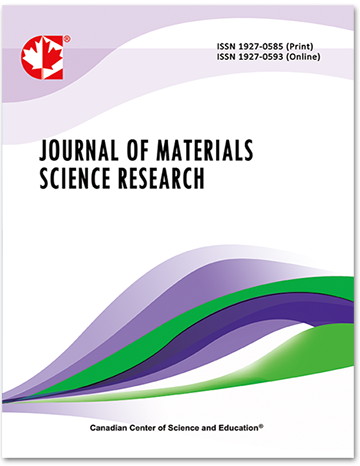Deactivation Mechanism of Titania Catalyst
- Mansour Al-Shafei
- Ahmed K. Al-Asseel
- Abdulhadi M. Adab
- Hasan A. Al-Jama
- Amer A. Al-Tuwailib
- Shouwen X. Shen
Abstract
Catalyst deactivation is a well-recognized phenomenon in the petroleum and chemical processing industries. Identifying the root causes of this phenomenon is an important factor for enhancing catalyst efficiency and preventing undesirable failures. In this study, state-of-the-art instruments were utilized to investigate the causes of catalyst deactivation that led to the replacement of the catalyst bed in one of the sulfur recovery units at a Saudi Aramco gas plant. Titania catalysts have been examined to determine the inherent deactivation mechanism and also to find out the possibilities of its curement. Understanding the root cause of the deactivation is mandatory for field engineers to minimize future catalyst deactivation. The collected analysis data revealed that the deactivation mechanism occurred for the Ti catalyst due to irreversible chemical phase transformation of the catalyst caused by a temperature runway in the catalytic converter.
- Full Text:
 PDF
PDF
- DOI:10.5539/jmsr.v5n4p22
Journal Metrics
Impact Factor 2022 (by WJCI): 0.583
Google-based Impact Factor (2021): 0.52
h-index (December 2021): 22
i10-index (December 2021): 74
h5-index (December 2021): N/A
h5-median (December 2021): N/A
Index
- CAS (American Chemical Society)
- CNKI Scholar
- Elektronische Zeitschriftenbibliothek (EZB)
- EuroPub Database
- Excellence in Research for Australia (ERA)
- Google Scholar
- Infotrieve
- JournalTOCs
- LOCKSS
- NewJour
- PKP Open Archives Harvester
- Qualis/CAPES
- SHERPA/RoMEO
- Standard Periodical Directory
- Universe Digital Library
- WJCI Report
- WorldCat
Contact
- John MartinEditorial Assistant
- jmsr@ccsenet.org
